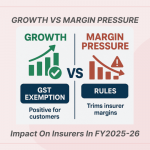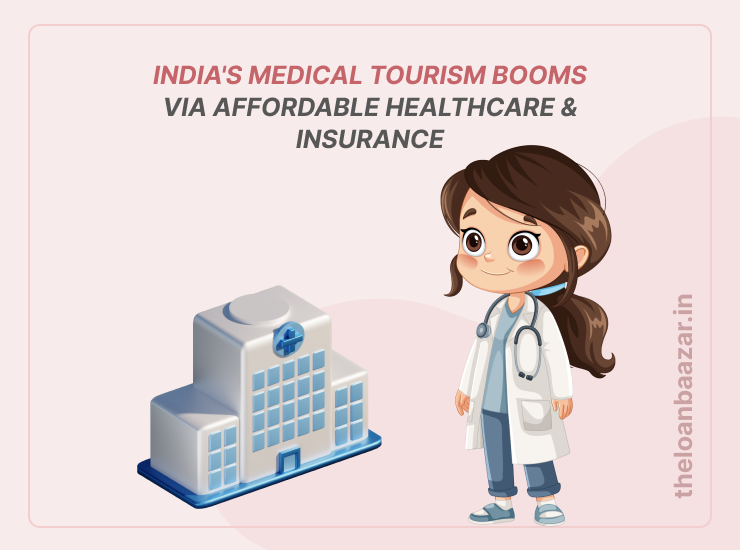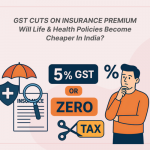India’s medical tourism industry is booming, offering world-class treatments at affordable costs backed by strong health insurance coverage. With rising NRI demand, advanced hospitals, and supportive government policies, India is set to reach a $13 billion medical tourism market by 2026—positioning itself as a global healthcare leader
Introduction: India Rising as a Global Healthcare Hub
India has emerged as one of the world’s leading destinations for medical tourism, attracting a growing number of international patients and Non-Resident Indians (NRIs) seeking quality healthcare at an affordable price. With advanced treatments, skilled doctors, and comprehensive health insurance coverage, the country’s healthcare sector is gaining global recognition. Industry projections suggest that India’s medical tourism market could touch $13 billion by 2026, reinforcing its position as one of the fastest-growing healthcare hubs worldwide.
Affordable Medical Treatments: World-Class Care at Lower Costs
One of the primary reasons patients choose India is the cost advantage. Treatments like cardiac surgeries, orthopedic procedures, fertility treatments, and cosmetic surgeries are available at 40–70% lower prices compared to Western nations—without compromising on quality. The country’s top-tier hospitals in cities such as Delhi, Mumbai, Chennai, and Bangalore are equipped with cutting-edge medical technology and internationally trained specialists. Many of these hospitals hold NABH and JCI accreditations, ensuring global standards of safety and care.
Health Insurance: The Game-Changer in Medical Tourism
Health insurance has become a game-changer in making India’s medical tourism ecosystem more reliable and accessible. Today, several insurance providers offer comprehensive policies that cover hospitalization, surgery, post-treatment care, and even emergency services for both domestic and international patients. Special NRI-focused policies are bridging the gap between affordability and advanced medical care, while international tie-ups with insurers reduce the burden of out-of-pocket expenses. Cashless treatment facilities across major hospitals further enhance patient trust and convenience.
Cultural Comfort: Language and Familiarity in Healthcare
Cultural familiarity and seamless communication also play a crucial role in India’s appeal. English-speaking medical professionals, coupled with culturally sensitive care, make the treatment journey smooth for foreign patients and NRIs alike. This supportive environment ensures that patients not only receive world-class medical services but also feel at ease throughout their recovery.
Economic Impact: Driving Growth Across Multiple Sectors
The economic impact of this sector is profound. Apart from boosting foreign exchange earnings, medical tourism drives growth in allied industries such as pharmaceuticals, hospitality, travel, and health insurance. By 2026, the industry is expected to create thousands of new jobs, strengthening India’s overall healthcare ecosystem.
Future Outlook: India as the Healthcare Capital of Asia
Looking ahead, the future of medical tourism in India looks even brighter. Government-led initiatives like the Ayushman Bharat Digital Mission, the introduction of simplified Medical e-Visas, and the growing reach of health insurance are expected to accelerate growth further. The synergy of affordability, quality, and insurance-backed support is positioning India as the healthcare capital of Asia.
Conclusion: Building a Holistic Healthcare Ecosystem
In conclusion, India’s medical tourism success story is about more than just low-cost treatment. It represents the evolution of a holistic healthcare system that combines advanced infrastructure, expert medical professionals, and robust insurance solutions. As the sector continues to grow, India is set to enhance its reputation as a trusted global leader in healthcare, offering hope and healing to millions worldwide.
India’s Medical Tourism with Affordable Healthcare & Insurance
Q1. Why is India popular for medical tourism?
India is a top medical tourism destination because it offers affordable treatments, world-class hospitals, advanced medical technology, and skilled doctors. Costs are 40–70% lower than in Western countries without compromising on quality.
Q2. Which treatments are most popular among medical tourists in India?
Cardiac surgery, orthopedic procedures, fertility treatments (IVF), cosmetic surgery, organ transplants, and oncology care are the most sought-after medical services by international patients.
Q3. Does health insurance cover medical tourism in India?
Yes. Many Indian and international insurance providers offer coverage for hospitalization, surgery, and post-treatment care in accredited hospitals, making medical tourism more affordable and secure for NRIs and foreign patients.
Q4. How much is India’s medical tourism market worth?
India’s medical tourism industry is projected to reach $13 billion by 2026, driven by NRIs, affordable healthcare costs, and strong insurance support.
Q5. What role does the government play in medical tourism?
The Indian government promotes medical tourism through Medical e-Visas, Ayushman Bharat Digital Mission, hospital accreditation programs, and tax benefits to strengthen the healthcare ecosystem.













